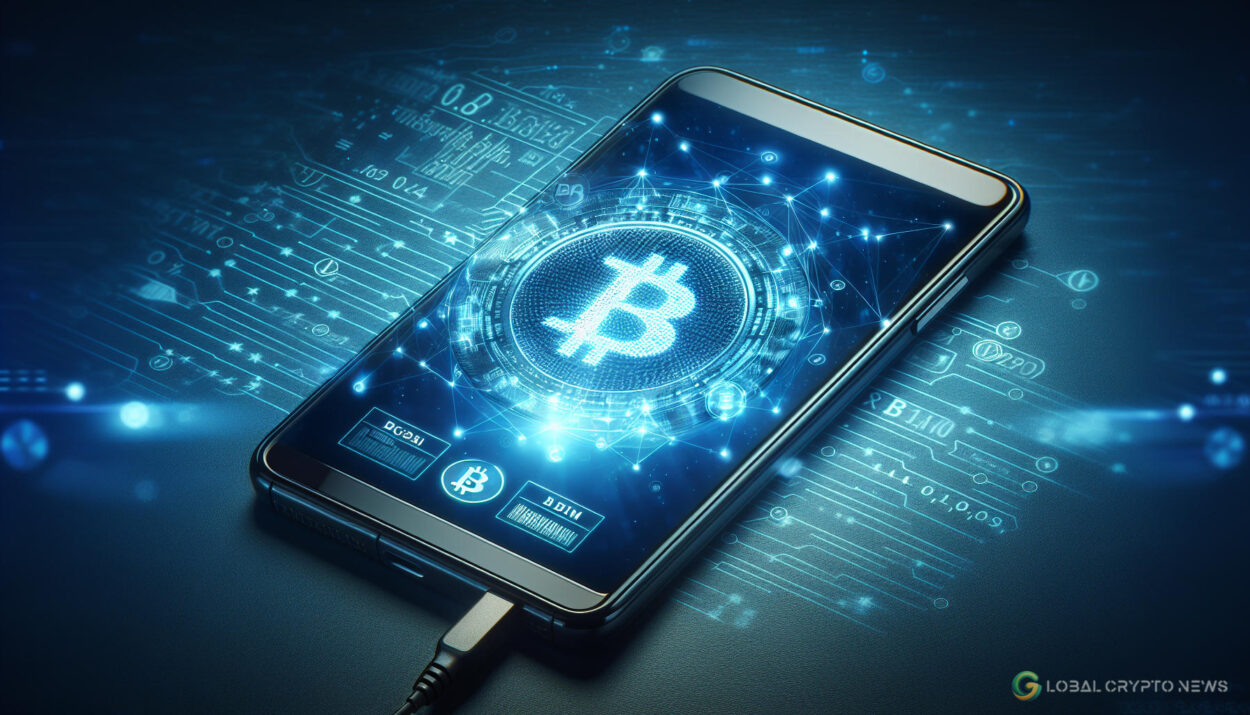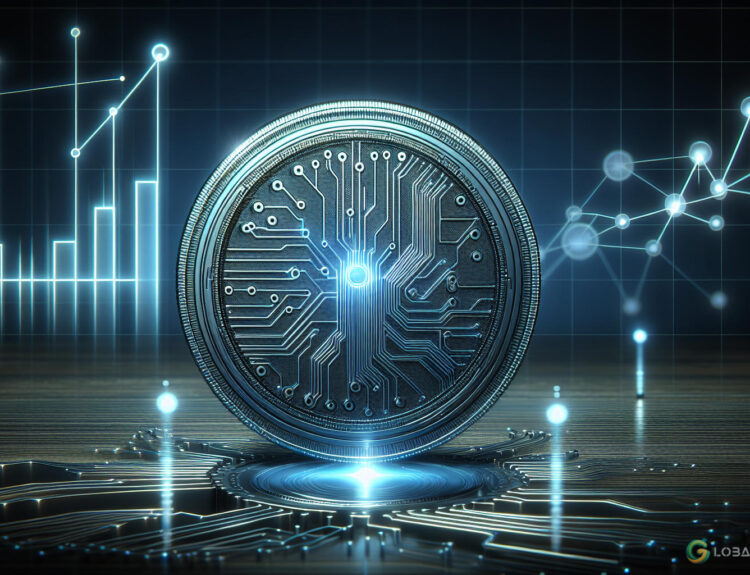Disclosure: The views and opinions expressed here belong solely to the author and do not represent the views and opinions of crypto.news’ editorial.
On December 3, 1992, 22-year-old test engineer Neil Papworth sent the world’s first text message. It was just two words—Merry Christmas—typed on a PC, but it would soon revolutionize global communication.
The Impact of Text Messaging
At that time, cellphones were still a novelty. They were effective but not essential. Communication required both parties to be available simultaneously. Text messaging changed this dynamic, making mobile devices a ubiquitous part of daily life. A few years later, text messaging became the most widely used data application globally.
The Blockchain Potential
We are on the brink of a similar transformation with blockchain technology. Currently, many see blockchains as a novelty or a passing fad. Web3 technology is popular but not yet ubiquitous. To change this perception, blockchain technology needs a breakthrough use case. Digital identity could be that pivotal application.
Understanding the Digital Dilemma
The recent US election cycle highlighted the importance of online perception. With deepfakes and sophisticated fraud technologies, proving your identity online has become a significant challenge. Traditional identification methods are increasingly ineffective.
Many digital identity services today are merely mobile applications authenticated by traditional ID cards. This approach is akin to early cellphones being portable versions of home phones. We need a more advanced solution—digital identity must be irrefutable, unique, and intrinsically tied to our humanity.
The Need for Decentralization
Centralized repositories of information are vulnerable to breaches. A vault containing comprehensive files on everyone would be a prime target for hackers. Decentralization is the only viable solution. Blockchain technology, with a built-in identity layer like the one developed by Concordium, offers a starting point. However, further innovation is crucial to protect our identities effectively.
The Modern Digital Wallet
Traditional identification methods, such as ID cards, have evolved but remain fundamentally the same. Today, digital identity comprises four building blocks:
- Identifiers: Name, email address, or account number.
- Identity attributes: Data points like educational background or employment.
- Reputation: Social followings or content creation history.
- Digital assets: Ownership of unique, non-transferable identity tokens.
Blockchain ledgers will maintain immutable proof of identity. These identity tokens will be the cornerstone of the modern digital wallet.
Proceeding with Caution
Just as early text message systems faced fraud challenges, digital identity will also encounter obstacles. It is crucial to avoid quick-fix solutions. A collaborative effort between government and private blockchain leaders is essential to prioritize regulation, privacy, and security. Data ownership must remain with individuals, not central repositories.
When we achieve this, web3 will have its breakthrough moment.
Boris Bohrer-Bilowitzki is the CEO of Concordium, a Layer 1 blockchain and technology firm. Previously, he served as the chief commercial officer for Copper.co and as the senior relationship manager at Newscape Capital Group in London. He holds an MBA from IMADEC University and attended the University of St. Gallen.
#BlockchainTechnology #BlockchainCommunity
























